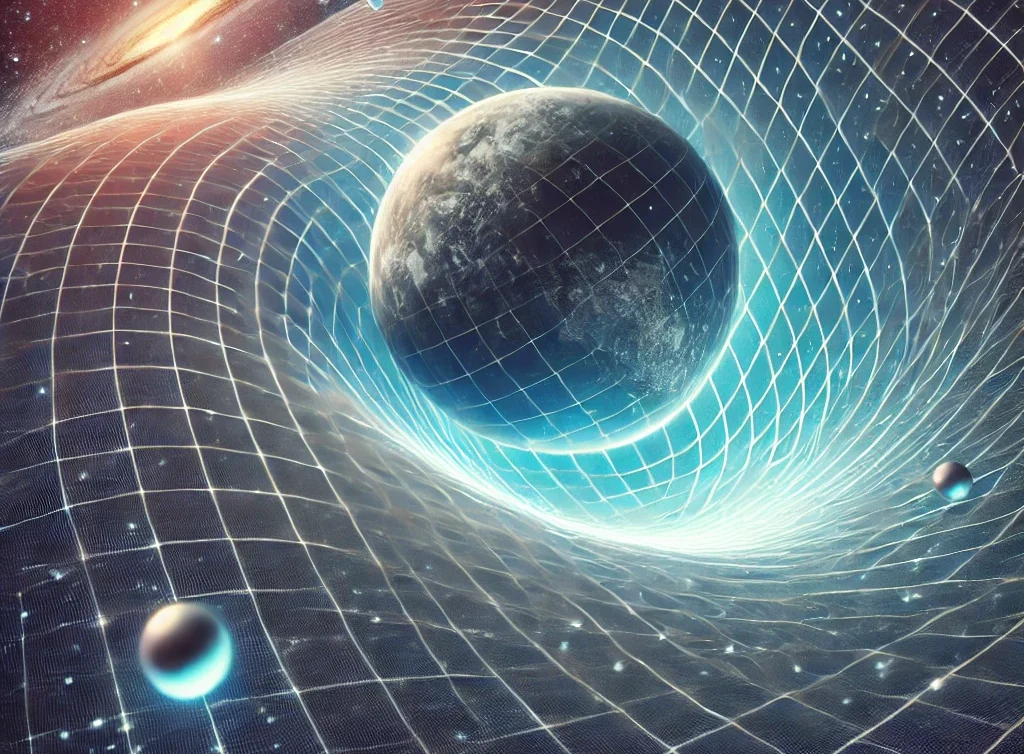
Have you ever heard of the idea that particles, the tiny building blocks of everything around us, can sometimes just sneak through walls? It sounds like something out of a superhero movie, but it’s a real phenomenon in science called quantum tunneling. Imagine rolling a ball toward a hill. If the ball doesn’t have enough energy, it will simply roll back down. That’s what common sense tells us. But in the strange world of quantum physics, the ball has a small chance of appearing on the other side of the hill without ever going over it. It’s as if the hill was a ghost for a split second.
This bizarre trick of nature is happening constantly, and in fact, life wouldn’t exist without it. The Sun, for instance, shines because of tunneling. Deep inside it, tiny particles called protons are trying to fuse together to release energy. Normally, they repel each other, almost like two magnets that won’t touch no matter how hard you push. But thanks to tunneling, they occasionally slip past that barrier and merge, and that’s what powers the sunlight that reaches Earth. So, every warm morning or glowing sunset is, in a way, a direct gift from this strange loophole in physics.
What’s even cooler is that tunneling isn’t just out there in space—it’s built into our modern technology. The tiny chips inside your phone and computer rely on it to function. Scientists even use tunneling to look at individual atoms under special microscopes, almost like having X-ray vision into the building blocks of matter.
It’s hard to wrap our heads around because we live in a world where walls are solid, where hills stop balls, and where things don’t just magically pass through barriers. Yet, in the quantum world—the invisible, tiny stage where reality is stitched together—the rules are a little more flexible. Particles can sneak, slip, or “tunnel” their way into places they shouldn’t be. And in doing so, they make stars shine, gadgets work, and the universe a whole lot stranger and more wonderful than we usually realize.
RELATED POSTS
View all


